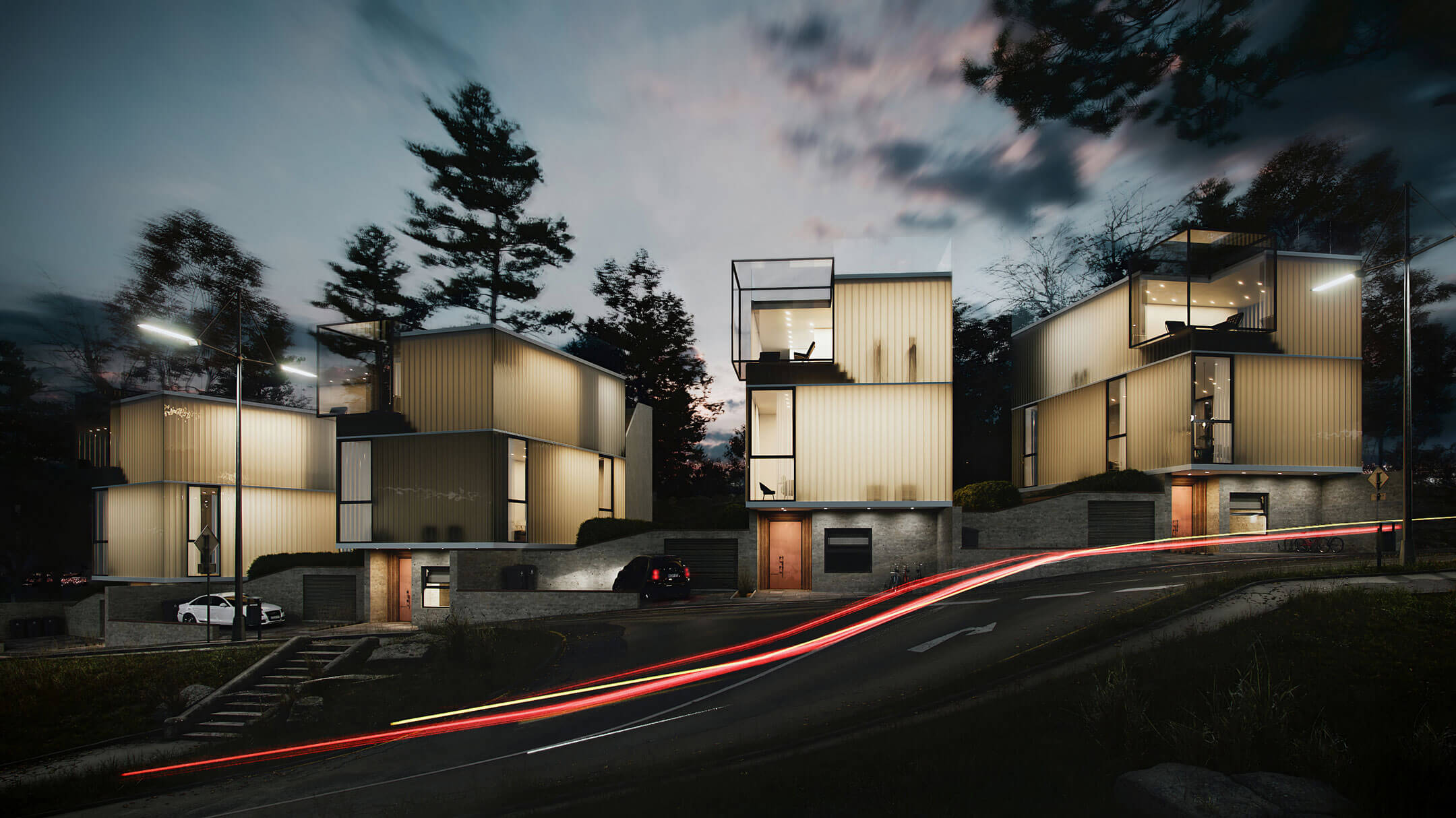What are the steps in putting together a computer?
How to go about putting together a computer is a question that has been asked and answered for decades.
A personal computer is a computer that you use to conduct your day-to-day activities.
While it might seem simple, the actual task of putting one together can be very confusing.
When you first get your computer home, you will probably spend a lot of time setting it up.
Many people do not know how to proceed after they have got their computer home.
Here is some information on the steps involved.
One of the most important steps is to make sure that you have all of the necessary hardware before you put the computer together.
This means that you will have to buy the hardware.
If you are getting a computer through a commercial vendor, it should come with the hardware when you purchase it.
If you are getting your computer through a consumer-grade product, you may have to buy some extra hardware or you will have to find a place that sells some of it to you.
After you have the hardware, the next thing you will want to do is to get a cheap Windows VPS, working keyboard, and mouse.
It is much easier to work on a computer if you have a working keyboard.
You can try out any number of different keyboards.
Make sure that the keyboard works properly before you decide which one you want to use.
Next, you will need to get a monitor. monitors work by having a display connected to a back-side hub that has connections with the CPU.
The screen will output to the back-side hub.
The hub acts as the connection point for the CPU to read instructions.
Without a monitor, your computer will not be able to operate.

Once you have both of these workings, you will need to connect the peripherals to the computer.
Typically, this includes printers, scanners, modems, and other devices.
There may be specific instructions in the manual on how to wire them up to your computer.
You can usually find this information on the manufacturer’s website.
If you are putting the computer together yourself, there are a few things that you will want to remember.
Make sure that all cords and connections are attached properly.
Before you start, unplug the power from the computer to make sure that all of the unnecessary voltage is removed.
This can help prevent damage to the circuits.
Finally, it is important to test all of the connections on all of the computer parts before you begin.
You can use some sort of testing equipment or just follow the guidelines that come with the parts.
You will be glad that you took the extra time needed to do this.
Putting a computer together can be very confusing for those who are not familiar with computers.
Luckily, there are some great resources that can help make it go more smoothly.

If you want to know what are the steps in putting together a computer then you should definitely look into finding the answer.
There are many people who would love to know the answer to this question but just don’t know where to turn.
With a little help though, you should have an easier time figuring out this common question.
The first step is to remove all of the hardware and software from your computer.
Before you do this you should turn off all the electricity on the computer and unplug it from the wall.
Once you have done this, you can remove all of the components from their packaging and put them back together.
Next, you should remove any display screen or keypad that is attached to any of the components.
It is important to do this because some of these components can be very fragile.
If they are not removed, they can be easily damaged during the installation process.
You should remove the screen or the keypad so that you can better inspect the components of your computer.
After you have installed all of the hardware and removed any damaged components, you can start putting your new computer together.
It is important that you follow the manual directions closely.
Don’t make any changes unless you are certain that they will work.
If you are in any doubt, don’t go ahead with the changes.
If you don’t think you understand anything, ask a person who knows more about computers.…




